
Gingival hyperplasia is a condition characterized by an increase in the size of the gingiva. Such enlargement affects people suffering from gingival disease. there is a variety of underlying causes of gingival hyperplasia. The most common one is definitely drug-induced gingival hyperplasia. The condition is typically accompanied by erythema, erosions and bleeding from the gingival mucosa.Drugs Associated with Gingival Hyperplasia
The first case of gingival hyperplasia induced by the intake of certain drugs was reported in 1960s. At that time the condition occurred in hospitalized children suffering from epilepsy who were administered phenytoin. There are several more drugs associated with gingival hyperplasia. For instance, Cyclosporine, a highly potent immunosuppressive agent, is capable of causing gingival hyperplasia. Furthermore, the condition may develop as a consequence of therapy with calcium channel blocker such as nifedipine and amlodipine. Cumulative effect is noticed in individuals who are taking nifedipine and Cyclosporine at the same time. They are more susceptible to gingival enlargement. Finally, Phenobarbital, a frequently prescribed anticonvulsant, may induce gingival hyperplasia but in rather rare cases.
Even though the mentioned drugs are capable of causing abnormal gingival enlargement, this does not mean that all patients treated with these medications will eventually develop the condition. So, the goal is to identify people at risk and take all the necessary measures to either prevent condition from occurring or minimize its severity, once it develops.
Unfortunately, the reason why the gingiva tends to overgrow due to intake of certain drugs still remains a mystery. Scientists, however, believe that there are multiple factors involved in the process. What also needs to be discussed further is whether the condition is characterized by hyperplasia of the gingival epithelium or submucosal connective tissue. It may also be that combination of the two occurs.
On the other hand, factors which contribute to gingival hyperplasia have been identified. These include the presence of gingival inflammation (arising from poor oral hygiene), the presence of dental plaque etc.
Gingival Hyperplasia Pathophisiology
Some studies have confirmed that the intake of phenytoin, Cyclosporine as well as nifedipine is a trigger factor for activation of keratinocytes, fibroblasts and collagen which are all responsible for overgrowth of gingival tissue.
Phenytoin is shown to interact with sensitive fibroblasts, initiating hyperplasia. Cyclosporine, on the other hand, has the influence on the metabolic function of fibroblasts. Finally, nifedipine additionally increases the effect of Cyclosporine.
All in all, if gingival hyperplasia occurs, doctors may choose to discontinue the drug or replace it with a suitable substitute.


_f_280x120.jpg)

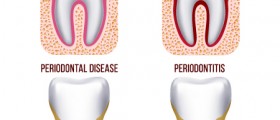
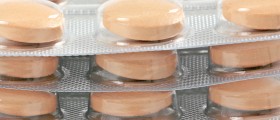
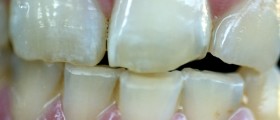

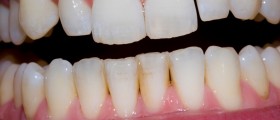

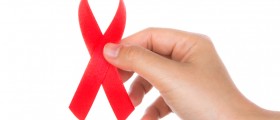



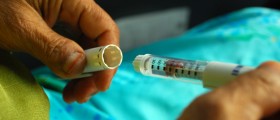
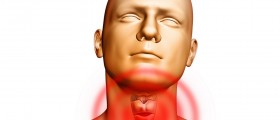
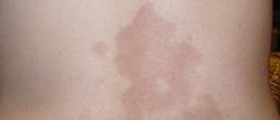
Your thoughts on this
Loading...